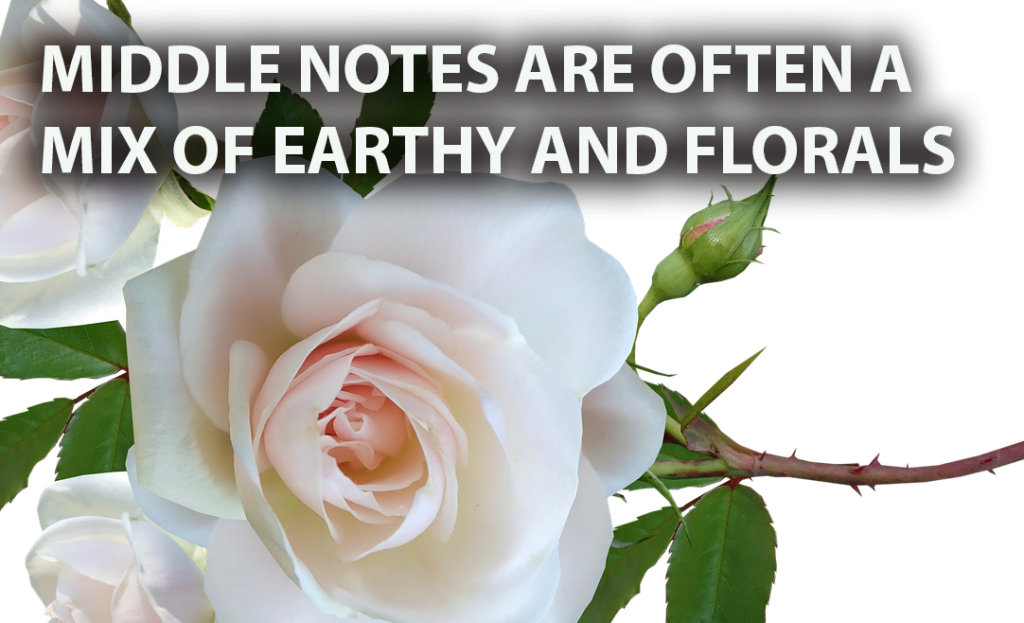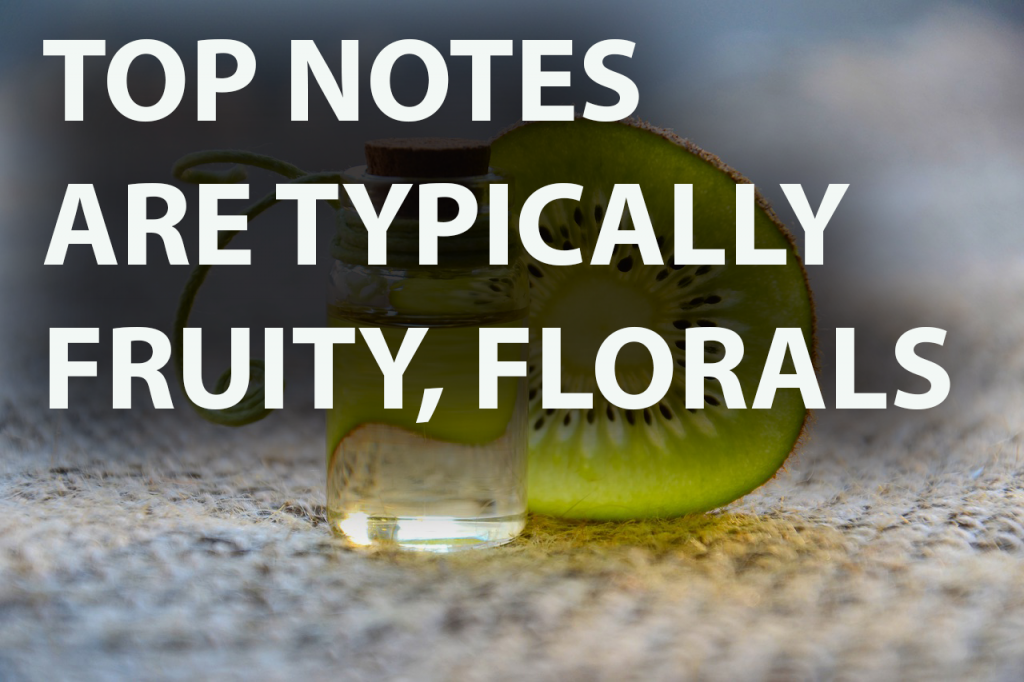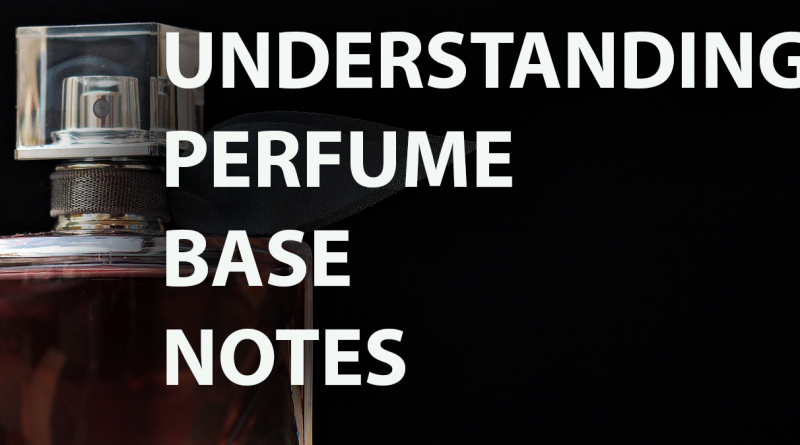Understanding Fragrance Base Notes: Your Deep Dive Understanding
Understanding how perfume notes work can vastly improve your ability to choose powerful, inspirational fragrances. Such knowledge can also help you snuff out the bad before losing your cash. Popularity in perfume samples is at an all-time high, mostly because people have figured out that sampling is fun and lowers financial commitments.
When you understand base notes, you can intelligently assume a scent before you try it. Its an odd, awkward statement, I get that – but it is true. Much like wine-tasting, sophisticated perfume understanding helps you navigate fragrance waters just as perfumers create their award-winning concoctions.
Today, I want to focus mainly on base notes, but we’ll briefly discuss top and middle notes. I want to put base notes at the forefront because when base notes are good or bad, the entire perfume’s body follows. Therefore, if the base notes don’t work for you, you most likely won’t enjoy the fragrance even when the top and middle notes do work.
Fragrance Notes – A Basic Understanding
Imagine for a second you find yourself browsing Sephora. And a sales rep offers you a perfume sample. You accept.
Right away, you think, “this fruity vibe is lovely.”
You purchase the bottle.
When you get home, you suddenly feel as though you smell like wet, rotting wood.
So what happened?
When you sampled the perfume at Sephora, you were immediately exposed to the top notes. And you enjoyed those top notes. Top notes are often fruity or floral, sometimes citrusy, and often potent. Top notes are the first impression of any fragrance.
But then something happens. And that “something” is actually “science.”
The perfume begins to soak into the skin. This process takes anywhere from 5 to 10 minutes. When this process begins, the middle notes begin to exude their scents. Much like top notes, middle notes often vary between deeper scents such as woody, earthy stuff, and fruity, floral experiences.
Because of this soaking process, a lot of people wait for 5 minutes before judging a perfume. Although waiting 5 minutes certainly helps your case for choosing a winning perfume, its not full-proof. This is because you’ve not gotten to the vital base notes.
Base notes are the final frontier of a fragrance. And most often, base notes endure the longest. Your base notes may make their way to the top of your skin after an hour or two and then subsequently hang out for the remainder of the day. If you apply a fragrance in the morning and don’t reapply, those base notes are probably what your dinner or happy hour guest picks up on.
Base notes are essential. Base notes make or break the fragrance.
So What’s The Difference Between Base, Top, and Middle Notes?
Again, here comes a big serving of science.
Some people assume that you layer these notes in some order. But that’s not how fragrance notes work. Instead, perfume notes are molecules. Molecules have weight. The lighter the weight, the more the note rises to the top of the fragrance complexity. The lightest notes are the top notes. The top notes rise immediately upon spritz.
The base notes, of course, remain the heaviest, the last to make their introductions.
But there is more.
Lighter notes rise faster, so we smell them first, but they also evaporate the quickest, so they fade the fastest.
So it really is pretty simple: Top notes are the first you smell, but the first to leave. Base notes are the slowest to smell, and last to leave.



So What Does All This Mean?
In simple terms, base notes are the priority notes. This is because unless you reapply the perfume early and often, the base notes will serve as the main scent for the longest period of time.
But the problem is, base notes take time to rise. This is why store perfume sampling is complicated. You really need to have the perfume sample at your home for access to real-use cases. For example, you wear it to work, and then see how it smells around 2 PM.
Base notes are often sandalwood, patchouli, vanilla, and amber, to name a few.
The middle notes will help fill in some heavier fruity complex aromas into the base notes. But how this effect plays out for your lifestyle is only learned by wearing the fragrance a few times.

